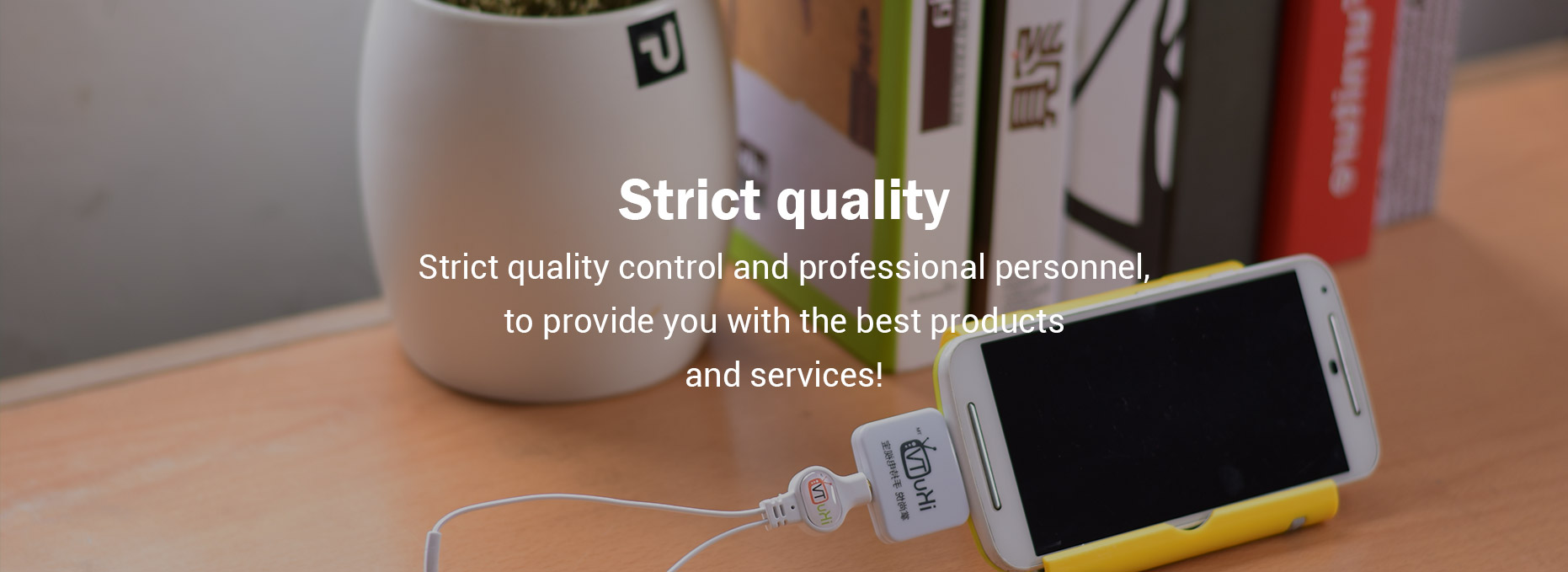Is Your Honda Seal Causing Leaks? Here’s What You Need to Know!
Are you noticing pools of fluid beneath your Honda vehicle or a mysterious wet spot on your driveway? If so, your Honda seal might be the culprits behind these leaks. Understanding the role of seals in your car, their potential failure points, and how to address these issues can save you time, money, and frustration down the road.
Are you interested in learning more about Honda Seal? Contact us today to secure an expert consultation!
What Are Honda Seals?
Honda seals are critical components designed to ensure that fluids stay contained within various systems of your vehicle. These seals are made from durable materials, commonly rubber or silicone, and are strategically placed in areas such as the engine, transmission, and differential. Given their vital role, regular inspection and maintenance are crucial for your Honda's longevity.
Common Types of Seals in Honda Vehicles
Several types of seals may be present in your Honda, each serving a different purpose:
- Oil Seals: These prevent engine oil from leaking out while keeping contaminants from entering.
- Transmission Seals: Essential for maintaining transmission fluid levels, these seals ensure your vehicle shifts smoothly.
- Water Pump Seals: They play a key role in regulating the cooling system, preventing coolant leaks that could lead to engine overheating.
Signs of Seal Failure
Identifying the signs of a failing Honda seal early can help you take action before further damage occurs. Look out for:
- Puddles or spots of oil or other fluids under your vehicle.
- Unusual noises from the engine, which may indicate oil loss.
- A drop in fluid levels in your engine or transmission.
- Engines running hotter than usual due to coolant leaks.
Common Causes of Seal Leaks
Several factors may contribute to seal failure in Honda vehicles:
- Age and Wear: Over time, rubber and silicone materials can degrade, leading to cracks and leaks.
- Improper Installation: If seals are not installed correctly during repairs or replacements, they may leak.
- Contaminants: Exposure to oil, dirt, and other contaminants can wear down seals faster.
How to Address Seal Leaks
If you suspect a seal leak, here are some steps to consider:
- Perform a Visual Inspection: Check the areas where you notice fluid leaks for any visible signs of damage to the seals.
- Consult a Mechanic: A professional can diagnose the issue and recommend the appropriate repairs or replacements.
- Regular Maintenance: Adhering to a regular maintenance schedule can help prevent seal deterioration. Change fluids and inspect seals during routine check-ups.
Preventative Measures
Taking proactive steps can significantly extend the life of your Honda seals. Regularly inspect the seals during routine maintenance, keep your vehicle clean to avoid contaminants, and replace old fluid promptly. Staying vigilant can prevent small leaks from turning into larger, costlier issues.
The company is the world’s best 114/135 supplier. We are your one-stop shop for all needs. Our staff are highly-specialized and will help you find the product you need.



Comments